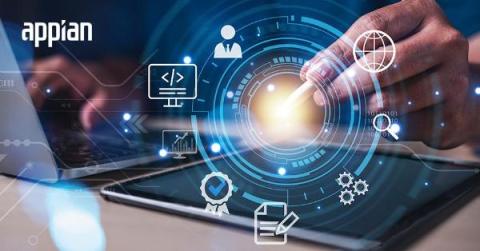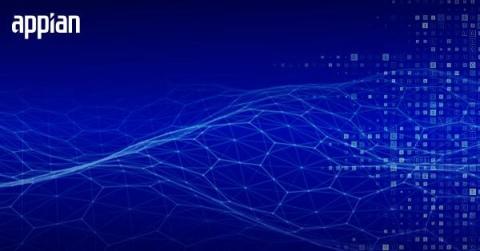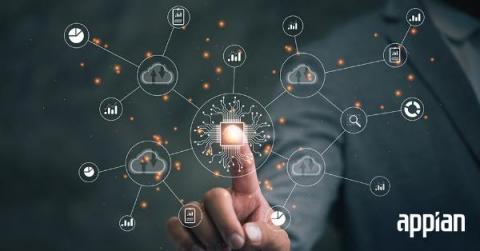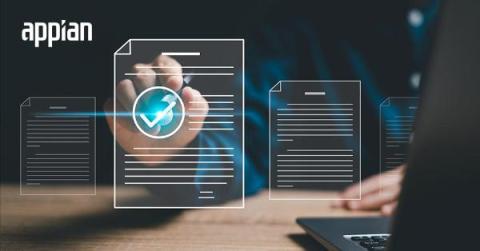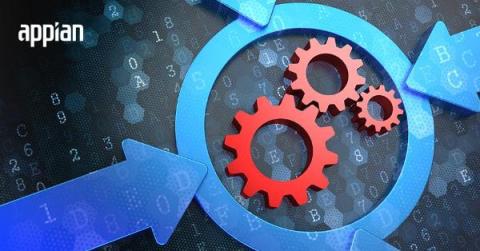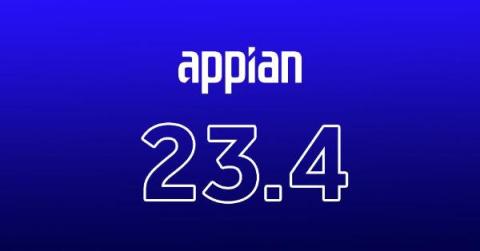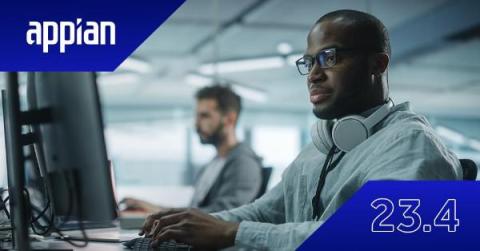Getting Started with Gen AI in Insurance: Benefits and Use Cases
In 2023, generative AI took the spotlight, emerging as the most talked-about technology of the year. This content creating powerhouse can do everything from text, image, and video generation to answering questions through natural language queries. And its potential uses are vast. While many industries are still in the experimental phase, the insurance sector is poised to benefit significantly from the integration of artificial intelligence into its ecosystem.


